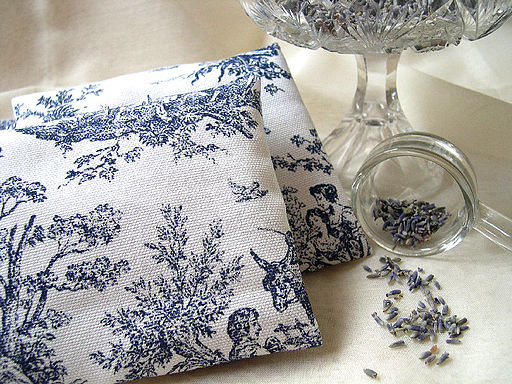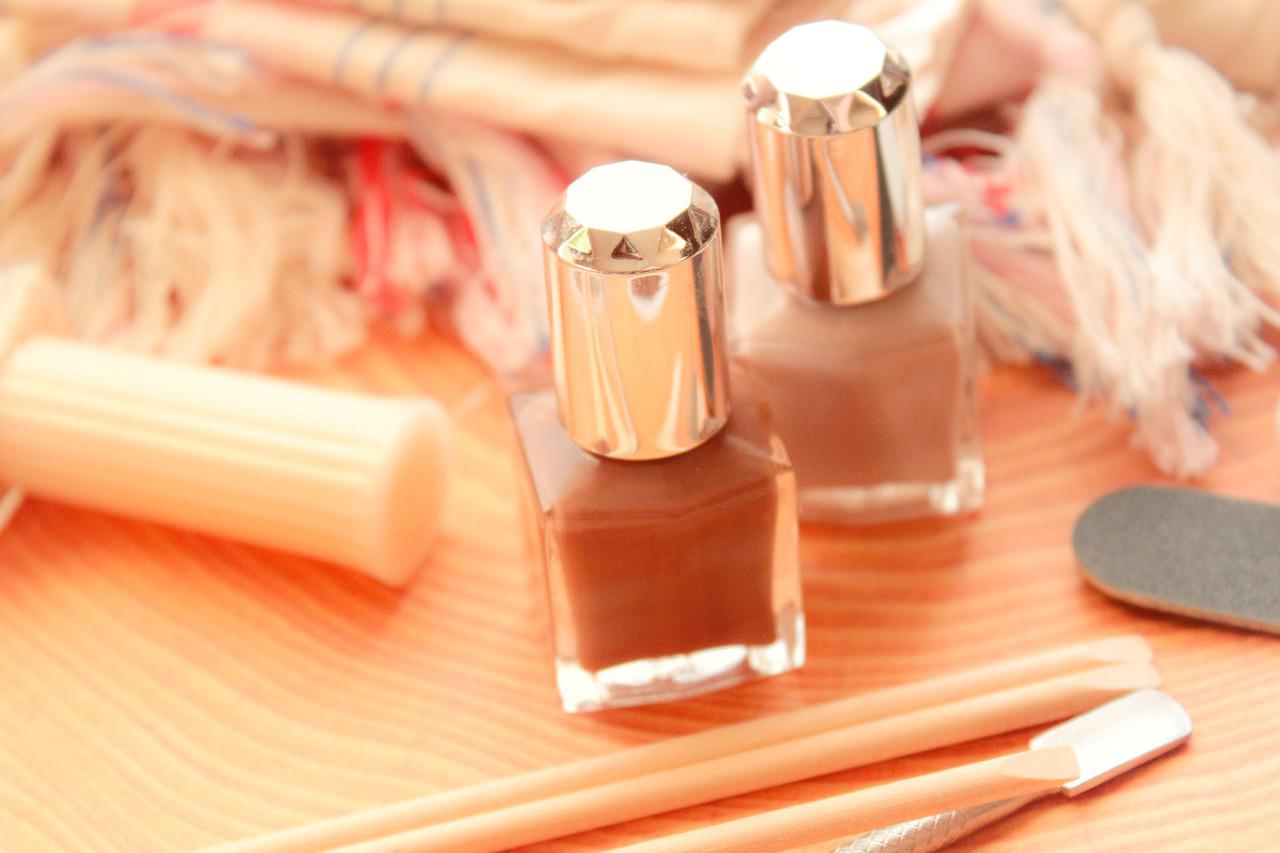By adding an herbal infusion into the hot water in the foot bath, minerals and other phytochemicals from the herbs enter the soles of your feet and into your blood stream.
Birch essential oil has historically been used for medicinal purposes, primarily to ease muscular and joint pain.
Find the perfect scented gifts for any occasion. From candles to bath products, discover a wide selection of beautifully fragrant presents.
Unlock the potential of apple cider vinegar for your health. Discover its benefits, from aiding digestion to supporting weight management.
Achieve perfectly groomed hands with a weekly manicure. Learn how to maintain conservative, healthy nails and enhance your appearance.
Arthritis, one of the oldest disease known to mankind, is the inflammation of one or more joints. It occurs in all races at all times.
Here are a few natural remedies to stop you from running to the toilet every few minutes.
Explore the delightful combination of bread and olive oil. Discover the best olive oils from Jaén and other Mediterranean regions.
Revitalizing shampoos, hair-care products aside, great nutrition is by far the most effective way of getting great-looking hair!
Try some of these easy facial mask recipes! with proven results. This is why so many professional spas use identical (or similar) treatments.
Discover the versatility of apples in savory dishes. From salads to potato salad, learn how to incorporate apples for a burst of flavor.
Discover a natural alternative to hair dye with walnut leaves. Learn how to create a satisfying brown color at home with this simple recipe.
A skin care routine is a simple gentle health care exercise that should not be neglected. The benefits of clear, radiant and youthful looking skin will be evident for years to come.















